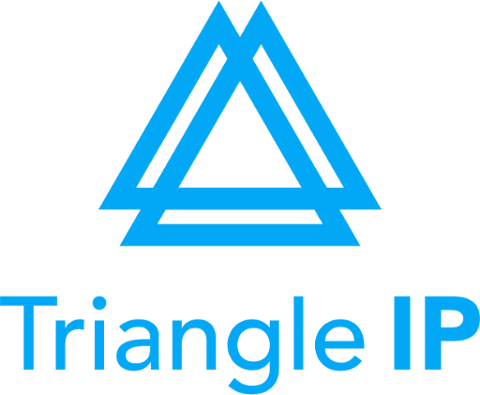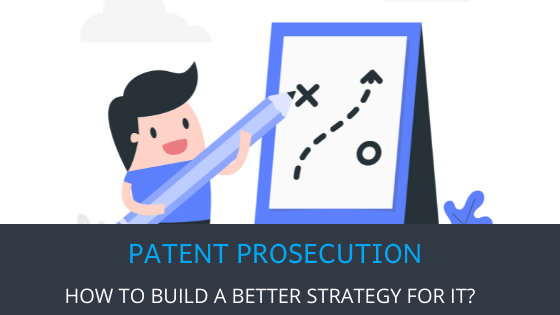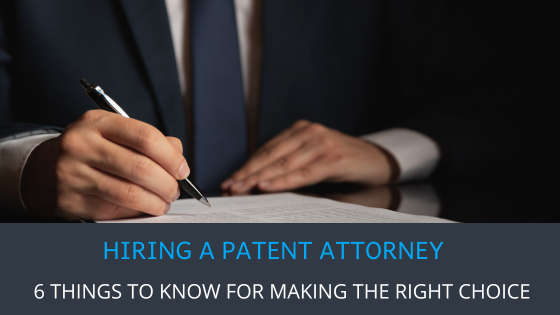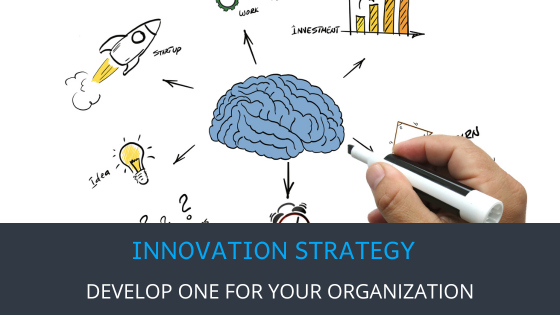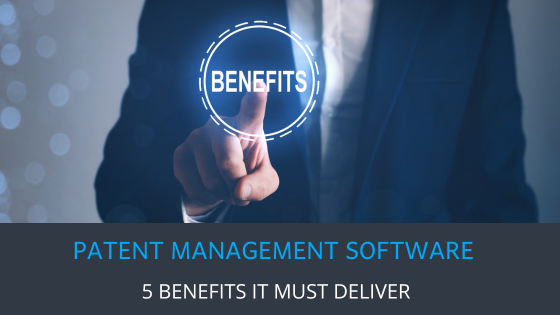You have heard your patent lawyer talk about patent prosecution. But for most patent applicants, this process is a mystery. And if you do not understand the process, you cannot develop a strategy to manage it.
Without a strategy, your success rate depends wholly on your patent attorney’s skills and, unfortunately, chance. Why does this happen? The patent office assigns applications to examiners randomly, and different examiners have wildly divergent allowance rates.
Here are some ways you can use Triangle IP’s TIP tool to gather intelligence relevant to your application and build a strategy for allowance.
Actionable Intelligence Provides the Basis for a Prosecution Strategy
Patent prosecution includes all the steps that happen after filing a patent application. When a patent lawyer refers to prosecution, they mean office actions and office action responses. These usually include arguments from the patent office giving reasons for rejection and arguments from your patent lawyer addressing the rejection. Maintaining high quality in invention disclosures can significantly impact the efficiency of these prosecution steps. During this process, you may experience a dearth of information. As the arguments fly back and forth, you will have no way to evaluate:
- How much the application will cost to finish
- What’s the likelihood of allowance
- Which claims might get allowed
- Whether you have the right counsel for this application
Your company’s leaders need this information to make reasoned decisions about whether to continue with an application and, if so, how to prosecute the application.
Examiners with Low Allowance Rates Cost You Time and Money
Your application gets assigned to a technology unit in the patent office and then ultimately to an examiner with a background in your field. The examiner will be the person you argue with.
Some examiners are easy, and some of them are hard. The TIP tool gives you analytics on your examiner. This intelligence tells you if your application was assigned to an examiner with a low allowance rate.
You cannot change examiners. But this intelligence will tell you what to expect during the prosecution of that application. You could have a lot of back and forth with an examiner with a low allowance rate. The TIP tool takes the examiner’s track record into account since more rounds of prosecution will drive up your legal fees.
For example, you might file a case that you think will be quite simple. But suppose the TIP tool discovers that your examiner averages six rounds of argument and has a 20% allowance rate. This indicates that the prosecution may cost 50% more than another case where the examiner has a higher allowance rate and averages fewer office actions.
This information provides your decision-makers with critical insight into the resources each application could need. This will allow them to allocate your company’s finite resources to focus on the applications that meet your company’s criteria, such as:
- Most likely to get allowed
- Greatest return on investment
- Shortest prosecution
Whether your company is weighing the prospects of cutting budgets and abandoning applications or just needs to prioritize its prosecution docket, the TIP tool gives you the actionable intelligence you need.
Patent Counsel’s Record Can Predict Your Likelihood of Success
The TIP tool also looks at your patent counsel’s track record in your technology field. When hiring a patent attorney, it’s crucial to consider their performance history in your specific technology area. Most patent lawyers fall within a normal range for that technology unit. This means that most cases will not get flagged in one direction or the other and you should not be overly concerned. But sometimes the TIP tool will note that your patent counsel falls outside the normal range with an extraordinarily good or extraordinarily bad track record.
Taking Control Over Your Prosecution Strategy
It is likely that even your patent counsel lacks this information provided by the TIP tool. Using this information, you can:
- Predict what will happen with your particular case
- Decide how to allocate your prosecution resources
- Change patent counsel if needed
- Adjust the scope of the claims presented
- Choose to request an examiner interview
- Appeal rather than continuing prosecution with the examiner
The insights provided by the TIP tool are based on historical trends. The greatest factor that will influence your outcome will be the level of innovation in your invention. But the examiner’s track record and your patent counsel’s track record could tell you how much time and money you will invest between filing and allowance.
The predicted difficulty of your prosecution will also guide you in the decisions you make during prosecution. If you know you have an ace pitcher and a lenient umpire, you make different decisions than if you have an average pitcher and a strict umpire. You will pursue broader claims with an ace patent counsel and a lenient examiner than you will with an average patent counsel and a strict examiner.
The TIP tool gives you insight into questions like:
- How much is it going to cost?
- How likely am I to get a patent?
- What is your success in this area?
The TIP tool provides breakthrough insights. And with those insights, you can make better decisions and, hopefully, get better outcomes.
To learn more about the TIP tool, you can find the product tour on the Triangle IP website. There, you can also read about ‘Case Analytics and Cost Prediction’ and ‘Patent Counsel and Examiner Analytics.’
